Abstract:
Background: Non-alcoholic steatohepatitis (NASH), recently redefined as metabolic dysfunction-associated steatohepatitis (MASLD/MASH), is a progressive fatty liver disease with high unmet medical need. Incretin-based multi-agonists, which combine GLP-1 with GIP and/or glucagon receptor activity, have emerged as promising therapies due to their dual metabolic and liver-targeted effects. We conducted a systematic review and meta-analysis of randomized controlled trials (RCTs) to assess their efficacy and safety in adults with biopsy-confirmed NASH/MASH.
Methods: We identified five RCTs (≈750 participants) comparing dual or triple incretin agonists (survodutide, pemvidutide, cotadutide, tirzepatide, retatrutide) versus placebo over 12–52 weeks. Endpoints included MRI-measured liver fat content (LFC) reduction, histological resolution of NASH, non-invasive fibrosis markers (ELF score, Pro-C3), liver enzymes, metabolic outcomes, and adverse events. Pooled relative risks (RR) were calculated for categorical outcomes (e.g., ≥30% LFC reduction, histologic response, adverse events), and weighted mean differences (MD) for continuous changes (e.g., % change in LFC, ALT). Random-effects models were applied, and heterogeneity was evaluated using I².
Results: Incretin poly-agonists significantly improved steatosis and markers of liver injury. The likelihood of achieving ≥30% LFC reduction was markedly greater with therapy (63–67% vs ~14% with placebo in 48-week studies; pooled RR 8.11, 95% CI 2.85–23.07, p<0.001; I²=38%). Mean LFC reduction was ~50% greater than placebo (p<0.0001). Transaminases declined substantially (ALT MD −42.8%, 95% CI −59.7 to −25.9, p<0.001; AST MD −48.8%, 95% CI −63.0 to −34.7, p<0.001), indicating reduced steatohepatitis activity. In the only biopsy-evaluated trial, 48-week dual agonist therapy achieved histological NASH resolution in 62% vs 14% on placebo. Fibrosis effects were inconsistent: tirzepatide reduced ELF (mean −0.63) and Pro-C3 (−43 μg/L) at one year, but pooled effects across shorter studies were nonsignificant (ELF MD −0.35, 95% CI −0.75 to +0.04, p=0.08; I²=67%). Metabolic co-benefits included weight loss (up to ~15% at 52 weeks) and HbA1c reductions (~0.5–1.0%). Gastrointestinal AEs were common but mild-to-moderate; overall AE rates were high in both groups (~90%) without significant differences (RR 1.31, p=0.08). Serious AEs were rare and comparable (~6–8%).
Conclusions: Incretin multi-agonists consistently reduce liver fat and transaminases in MASLD/MASH, with biopsy-level resolution of steatohepatitis demonstrated for at least one agent over 48 weeks. While evidence for fibrosis regression remains limited, these agents represent a promising therapeutic class at the intersection of hepatology and obesity medicine. Larger, longer phase 3 trials are required to confirm sustained histologic remission, clarify antifibrotic efficacy, and define long-term safety and cardiometabolic outcomes.



